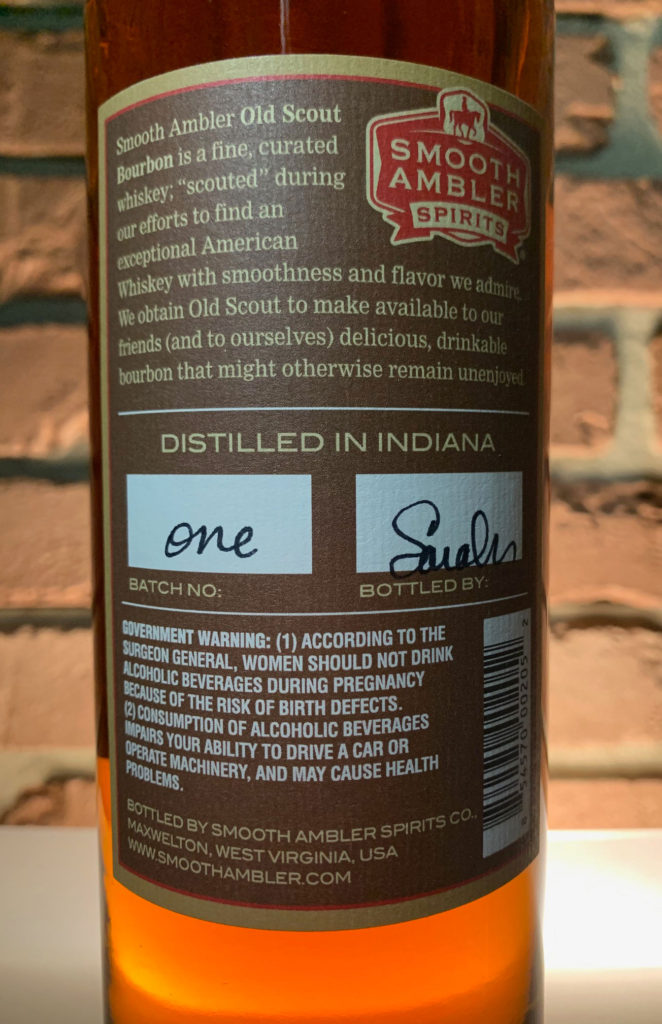Sourced bourbon or rye whiskey has been around for a long time, and your favorite bourbon may be from Indiana. In many cases, there is nothing sinister about the practice. In some cases, companies are less than forthcoming on the true origins of their product. Here at bourbonfool.com, we will try to provide some background.

MGP Distillery
MGP is the abbreviation for Midwest Grain Products of Indiana located in Lawrenceburg, Indiana. There are no public tours here, and you won’t see tee shirts for sale. You see MGP provides aged whiskey for people that need it.
Imagine a newer bourbon brand that wants to hit the ground running with a product to sell. They have created a memorable name with a credible back story. They even have purchased equipment with the intent to distill a great product. However, what they cannot accelerate is the aging process. Bourbon requires aging and often that aging can take four years or more. Some new distilleries sell white liquors such as gin or vodka to get a product to market that will create revenue and pay some bills. They can do so because there is no aging required to produce white liquor.
Sourcing Bourbon
For those who want to put bourbon on the market quickly, their option is to purchase aged bourbon distilled from a different source but one that follows a recipe that will resemble their eventual finished product. That is a critical way MGP fills a need. The distillery began in 1847 and later became the Seagram Lawrenceburg plant. There were multiple owners at various stages of the distilleries long history but the current owners bought the distillery in 2011 and named it MGP.
Bourbon and Rye Whiskey
MGP produces more than just bourbon and this distillery has been producing spirits for more than one hundred seventy years. They produce a rye whiskey with a high rye content that is acquired and then sold by multiple brand names. Rye whiskeys, including Angels Envy, Templeton, High West, Bulleit Rye, among others, were sourced from MGP. I currently have two specific bourbons in my collection that originated at MGP, Belle Meade Bourbon and Smooth Ambler Old Scout. Also, MGP currently bottles its brand as George Remus Bourbon. Most of their aged spirits are bottled and sold under 50 different brand names. Bourbons that have been produced by MGP in the past include James E. Pepper, Joseph Magnus, and Breaker Bourbon. Recently, you might have recognized Tin Cup whiskey aggressively advertised. Tin Cup is also a product of the Lawrenceburg facility.
I have tried multiple whiskeys that were distilled in Indiana and bottled in Kentucky. Some of them are good products. If you wonder how multiple brands can purchase whiskey from MGP and be different in the marketplace, it is because of two reasons, blending and finishing. Many craft distillers are master blenders who are able to use a sourced product to create memorable flavor profiles. Besides, once whiskey ages in new oak, many distillers can “finish” a bourbon or rye whiskey by secondary aging in a used container. Therefore, many people can purchase MGP’s 95% Rye whiskey and then blend and finish it to be their own.

Read your labels
I believe every bourbon drinker should learn to read labels, and I also believe brands should be truthful about the origin of their products. Chances are if it says distilled in Indiana, it came from MGP. Do not change your drinking habits just because you find out that your favorite bourbon may be from Indiana. Remember by reading labels; you can decipher the origin of your whiskey. They might be guilty of creative marketing, but a little knowledge goes a long way. If you like a particular bourbon, enjoy it!